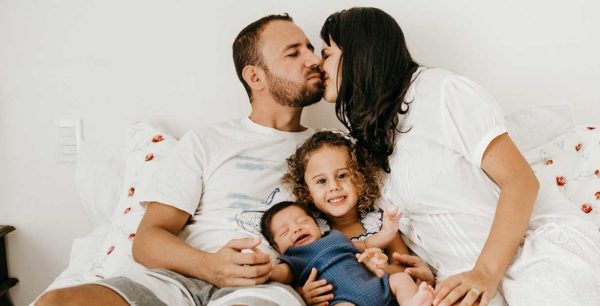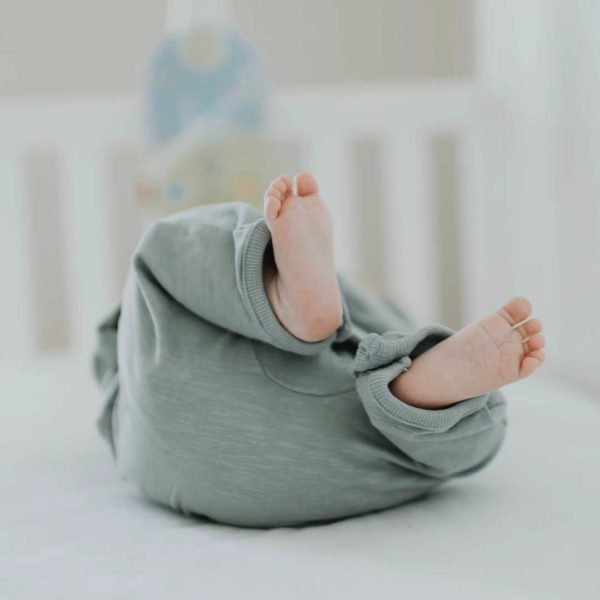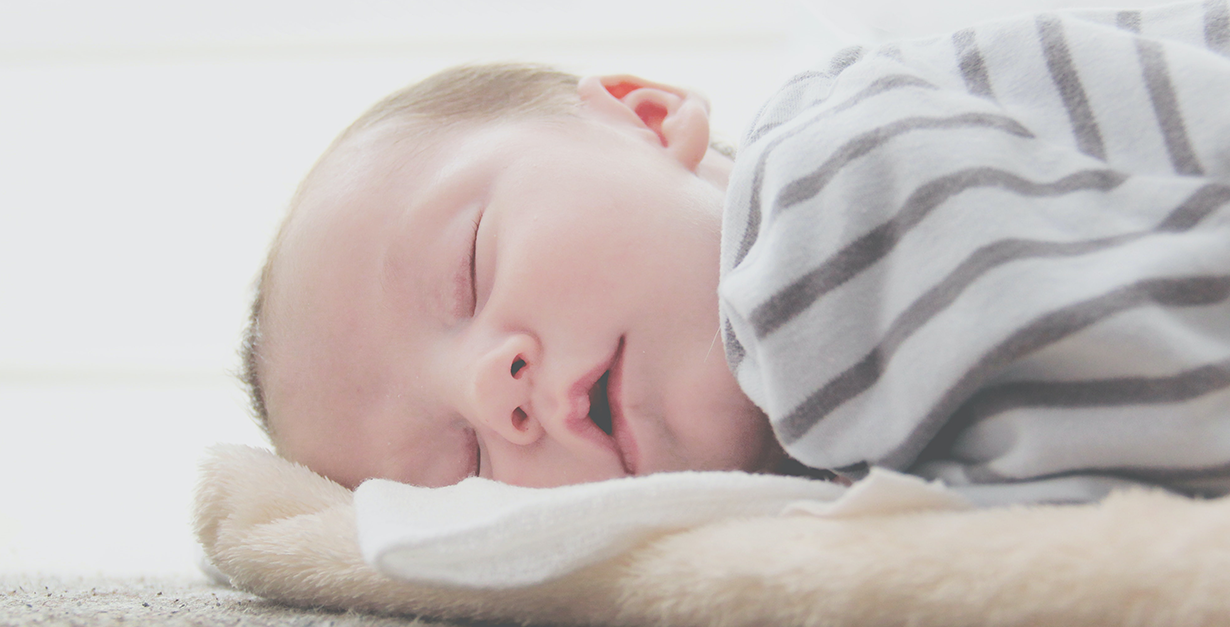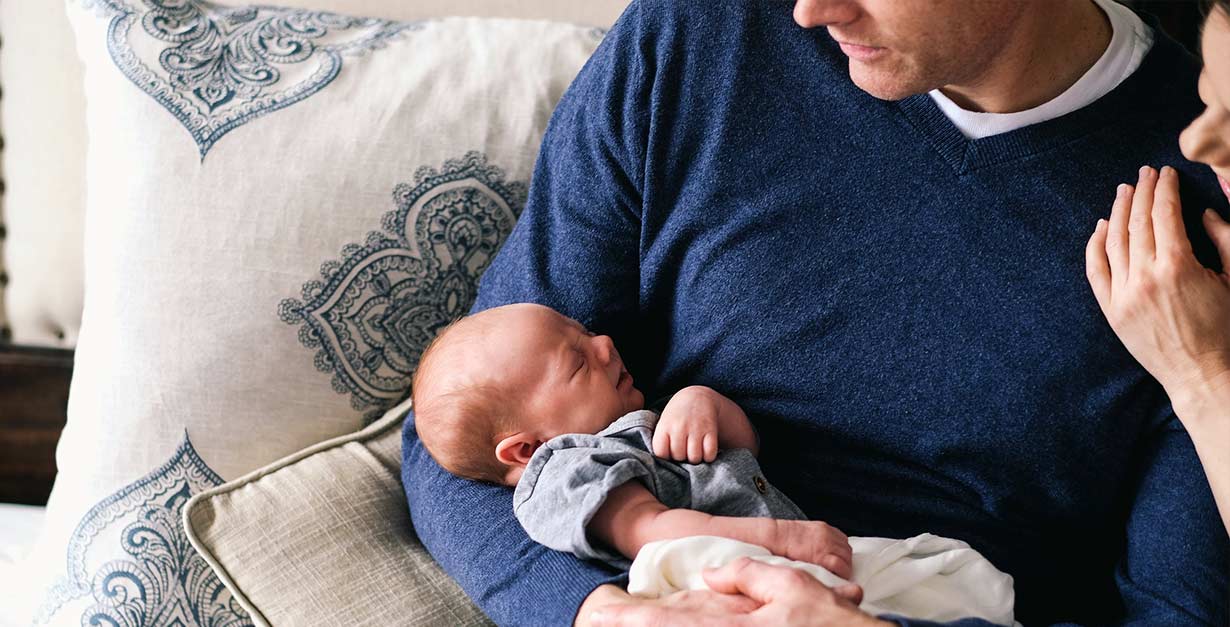Naps for Cosleepers — Teaching Your Baby to Nap Independently
New moms are usually told to try and sleep when baby sleeps. This works out well if you are co-sleeping, as your baby sleeps in your bed with you, making it convenient for both mom and baby to sleep at the same time. But what happens when baby is a bit older or you have another child? How many of us would like to have a little bit of time to take a shower, or sit and read a book while the baby naps soundly? Getting in naps for cosleepers is not impossible! You’ll learn about:
- Safe sleeping environments
- Drowsy But Awake
- Naps as a step to independence
 Learning the Skill of Falling Asleep
Learning the Skill of Falling Asleep
As baby grows, naps are the perfect time to introduce something I like to call “drowsy but awake”. Did you know that our ability to fall peacefully asleep is not ingrained, rather, it is learned? That means that as a parent, you are the teacher. Your baby needs to learn to fall asleep on his own, but they will only learn if you teach them. For families that cosleep, naptime is the perfect opportunity to teach your baby to put herself to sleep.
Infants sleep a great deal, sometimes for as little as thirty minutes at a time. But around four to five months (and for some babies, a bit older, so don’t despair), your baby’s naps become longer and more predictable. Sleep is all about both quality and quantity. If you are utilizing a family bed for nighttime sleep, then naptime is the time to begin teaching baby to fall asleep on her own.
You’ll want to know more about “drowsy but awake”.
Read: Drowsy But Awake — The Cornerstone of Successful Sleep Training
Naps for Cosleepers in a Crib
The problem? It simply isn’t safe to leave a baby alone in a family bed, especially as they are beginning to increase their mobility. So what do I recommend? I suggest putting baby in a crib for naps. Why a crib? Simply put: safety.
The family bed CAN BE safe at night, because the parent(s) are there with the baby. If your goal is for your baby to nap without you, then the shared bed is not a good choice. This is especially important to remember as your baby becomes more mobile: rolling, crawling, and scooting.
A crib is safe and secure, meaning that you can leave your baby alone without fear of them rolling off the bed (this actually happened to more than one family I helped!) or becoming entangled in sheets or covers.
Wondering about safety?
Read: Safe Cosleeping: Creating a Safe Environment for your Baby
I realize that the suggestion of a crib for naps may go against the very fabric of committed co-sleepers, but hear me out, please. Naps are the perfect time to begin teaching your child to fall asleep independently. The ability to put your baby down “drowsy but awake” and know that your baby will fall asleep builds healthy sleep habits for your child, but it will ALSO allow you a bit of ‘free’ time during the day so that you can take that shower, or even fold that pile of laundry without interruption.

How to Begin Crib Napping
You could begin with putting your child to sleep in the family bed and then placing them in the crib, soothing them back to sleep if they arouse and slowly put them down more and more awake over the course of several weeks.
Another option is to put them into the crib drowsy but awake for the morning nap and stay with them while you help them go to sleep by offering physical and verbal reassurance. If after 20 minutes there is no sign of sleep, then go ahead and give up for the day. You can try again the next day.
When it comes to co-sleeping, we are passionate about finding a solution that feels right for you.
We’re the only online sleep training course that addresses co-sleeping - whether you want to end it or safely continue. Register for Gentle Sleep Solutions today to start getting the sleep your family needs!
Independent Naps for Cosleepers, Nights with You
Using a crib for naptimes does not mean that you have to give up co-sleeping at night. In fact, if your baby is doing well with ‘drowsy but awake’ at naptime, I would encourage you to put her to sleep in the crib at her bedtime, too, so that she can practice her new skill. Then, around 10 or 11, when you are ready to go to sleep, you can either simply move baby to the family bed, or dream feed her, ending in the family bed.
Remember, the whole point of co-sleeping is that everyone gets good quality sleep in an environment that works with your family’s beliefs and values. If you allow your child to nap in their crib or bassinet, you’re teaching them a valuable life lesson. Let naptime be a transition time for your family and allow your child to learn to put himself to sleep in a safe environment.
Ready to move your cosleeping baby to a crib?
Read: How To Stop Cosleeping: Transitioning Your Child to a Bed







